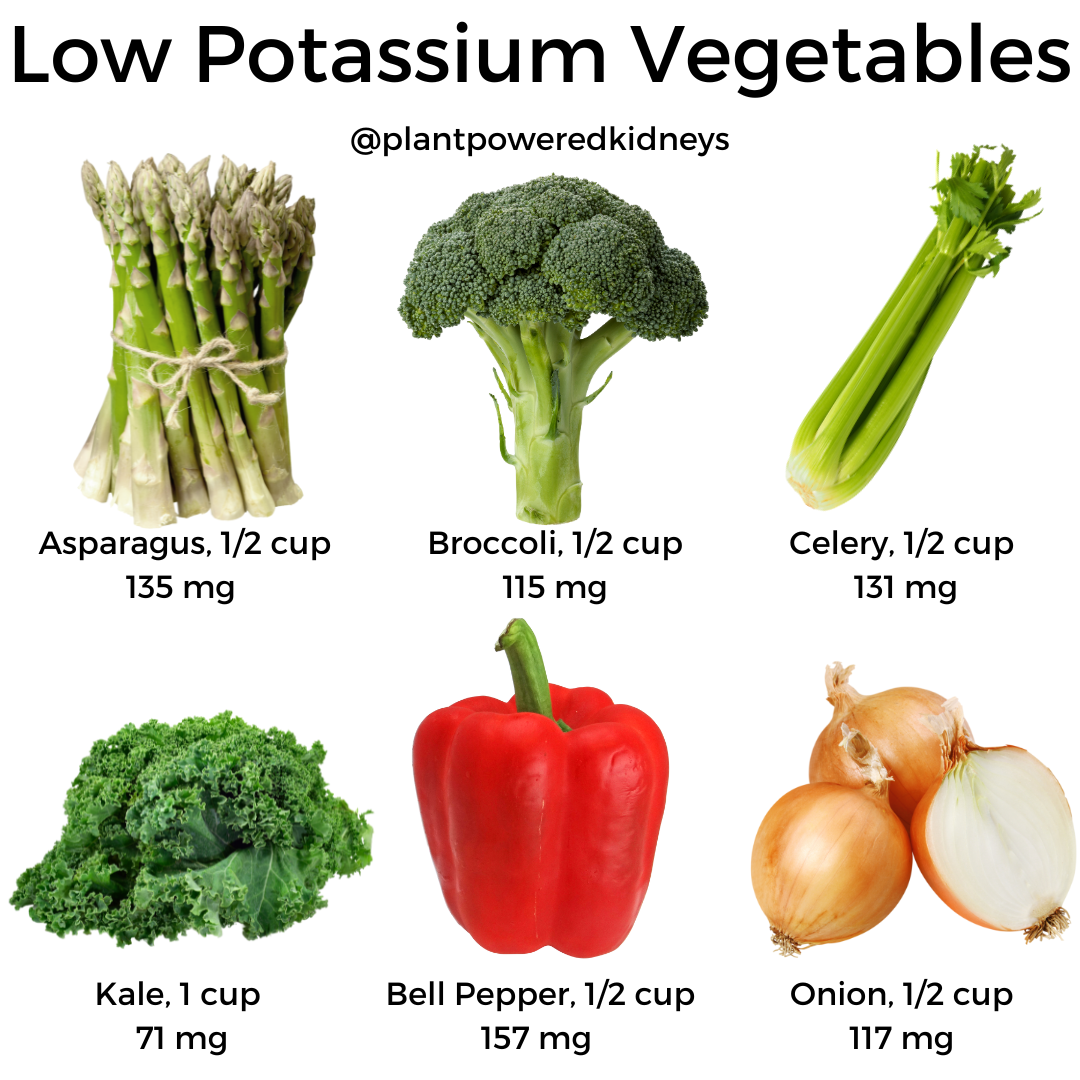Is celery good for kidneys? It’s a question we often hear from our readers who are navigating the complexities of managing kidney disease through dietary choices. In this article, we’re not only going to answer that question but also show you how to harness the incredible benefits of celery while keeping your kidney health in mind.
Our goal is to simplify your journey to better kidney health, offering you practical insights and delectable solutions to make the most of your renal diet. So, let’s dive into the world of celery, explore its potential kidney-friendly properties, and discover exciting ways to incorporate it into your cooking. Get ready to savor the flavors of celery while nurturing your kidneys – it’s time to embrace this remarkable vegetable.
Table of Contents
Nutrition Facts of Celery
Below is the nutrition information for celery in different preparation methods.
One Stalk
A medium (7 ½ – 8” long) stalk of raw celery contains:
- 5 calories
- <1 g protein
- 0 g fat
- 1 g carbohydrates
- <1 g fiber
- 9.6 mg organic phosphorus
- 104 milligrams potassium
- 32 milligrams sodium
One Cup Chopped
A 100-gram serving (approximately 1 cup chopped) of raw celery has:
- 14 calories
- <1 g protein
- 0 g fat
- 3 g carbohydrates
- 1 g fiber
- 24 mg organic phosphorus
- 260 mg potassium
- 80 mg sodium
Celery Juice
A one-cup (240 mL) serving of celery juice contains:
- 33 calories
- 1.6 g protein
- 7 g carbohydrates
- 4 g fiber
- 57 mg organic phosphorus
- 614 mg potassium
- 189 mg sodium
Celery is also a good source of vitamin K, vitamin A, vitamin C, calcium, and iron.
It includes antioxidants like beta carotene and flavonoids as well.
These types of nutrients help our cells and organs from oxidative stress and damage.
Celery Nutrition for Renal Diet
Let’s look a little further into some of the nutrition values of celery for kidney patients and the renal diet.
Is celery high in potassium?
Celery is considered a low potassium vegetable.
This is because a ½ cup serving has 130 milligrams of potassium.
This means celery can fit into a low potassium diet.
However, celery juice is very high in potassium.
It can fit into a renal diet that does not require a potassium restriction.

Is celery high in phosphorus?
Celery has less than 10 milligrams of phosphorus per one medium stalk.
This is very low in phosphorus.
Not only is it low, but the phosphorus found in celery is organic phosphorus.
Organic phosphorus is not digested or absorbed well by humans.
Therefore, even the 10 milligrams of phosphorus found in celery will not actually be absorbed.
This is why vegetables are easily a part of a low phosphorus diet.
Is celery high in sodium?
Many think of celery as a high sodium vegetable.
And while it does have some natural sodium, it is still considered low in sodium.
Celery juice is slightly higher in sodium at 180 milligrams of sodium per cup.
This would mean celery juice could not qualify as a low sodium food.
PRAL of Celery
PRAL stands for Potential Renal Acid Load.
Celery has a negative PRAL value of -5.0399.
This means it has an alkaline effect on our body and kidneys.
Adding celery to your meal can help reduce the acid load.
This makes it great for those that still want to enjoy animal proteins in their diet, which tend to be acid-producing.
Benefits of Celery for Kidney Patients
There are some special benefits that can come from including celery in a renal diet. Let’s dive into the research around these benefits.
Blood Pressure Support
Celery has been shown to lower blood pressure in patients with high blood pressure.
A randomized controlled trial (RCT) published in 2022 looked at celery and hypertension.
They found that patients given celery seed extract had lower systolic blood pressure (the top number) and diastolic blood pressure (the bottom number) after 4 weeks.
Another clinical trial published in 2022 also looked at celery seed extract in patients with high blood pressure.
They also found that the participants who took celery had improvements in their blood pressure, fasting blood sugar, and even cholesterol, triglycerides, and LDL cholesterol levels.
Anxiety and Depression
Another RCT published in 2023 found benefits with improving anxiety and depression in patients with high blood pressure.
They found that those given celery experienced fewer symptoms of anxiety and depression.
Potential Benefits
Next are some potential benefits of celery for ailments that are common with kidney patients.
However, more research is needed to prove these potential benefits.
Gout
An animal study published in 2019 looked at potential benefits of reducing gout and high uric acid levels (hyperuricemia).
They found potential benefits that did reduce swelling and inflammation in ankle joints of mice. However, animal studies do not always translate to human studies.
More research is needed to determine if celery is a benefit to gout and high uric acid levels.
Blood Sugar Control
There is some limited research around celery and diabetes.
A study published in 2016 looked at glucose levels in elderly pre-diabetic patients. Some benefits were found.
The glucose levels tested before and after a meal were lower in the group given celery leaf extract capsules.
However, this study only included 16 participants. This is a very small group.
More testing in larger groups would need to be done to confirm benefits.
Is Celery Juice Good for CKD Patients?
As mentioned above, celery juice is very high in potassium.
This means it would not be helpful for kidney patients on a low potassium diet.
However, celery juice can fit if there is no potassium restriction and celery juice is something that you enjoy.
Celery Juice Cleanse
The idea of a celery juice cleanse is that it will “cleanse” out the body.
However, there is no evidence to support this concept.
Any type of “cleanse” that restricts what you consume so much puts a person at risk for malnutrition and other health complications.
Celery juice detoxes are not recommended for kidney patients.
How to Add Celery in a Renal Diet
It’s not only helpful, but safer to add celery to the diet before adding celery supplements to a supplement regimen.
Here are some tips to add celery to a renal diet. These are safe options for the variety of renal diets for kidney patients.
Use as a Recipe Aromatic
Celery is one of the foundational vegetables used in recipe aromatics, along with carrots and onion.
Many soup and stew recipes start with these vegetables, all chopped, and cooked down to release their flavors.
Add in a Salad
Use both the celery stalks as well as the leaves for a bright and fresh flavor in salads.
Cook into a Stir Fry
Stir frys are one of the easiest ways to add in a bunch of kidney-friendly foods.
Toss in diced celery along with snap peas, water chestnuts, red bell pepper (for color variety), and diced carrots for an easy veggie base.
After stir-frying your veggies, add to a dish along with your favorite rice or noodles and a creamy peanut sauce.
Add to a Sandwich or Wrap
Try adding the celery leaves to a sandwich for a unique flavor.
Make a Quick Snack
Pair 1 cup of celery with 2 tablespoons of hummus. The hummus will provide you with plant protein.
If you want a sweeter option, try celery with nut butter.
The fiber from the combination will also help you stay satisfied longer.


Summary
As we wrap up our exploration of celery in a renal diet, it’s clear that this vegetable has a lot to offer for those with kidney disease. Let’s recap what we’ve learned.
We’ve examined the impressive nutritional profile of celery, highlighting its low potassium content, vitamins, minerals, and antioxidants, making it a kidney-friendly choice.
Celery doesn’t just add crunch to your meals; it also brings potential anti-inflammatory and heart-healthy benefits to the table, enhancing your overall well-being. It contains compounds that support healthy blood pressure, which make it great for kidney health too.
If you’re intrigued by celery juice, we’ve discussed its pros and cons, reminding you to approach it in moderation and consult your healthcare provider for personalized advice. Remember- the research is very limited and consuming large amounts of celery juice could be harmful for kidney patients that need to limit fluids or potassium.
Lastly, we’ve provided you with creative ways to incorporate celery into your daily meals, from salads to soups and as a wholesome snack.
By embracing celery in your renal diet, you’re not only diversifying your menu but also nurturing your kidneys with a low-potassium, nutrient-rich vegetable. Remember, your dietary choices play a crucial role in your kidney health journey. Make sure to consult with your healthcare provider or renal dietitian for personalized guidance. With the right approach, celery can be a delicious and kidney-conscious addition to your own meals, supporting your quest for a healthier, kidney-friendly lifestyle.


very good information about celery thanks
Glad this has helped!